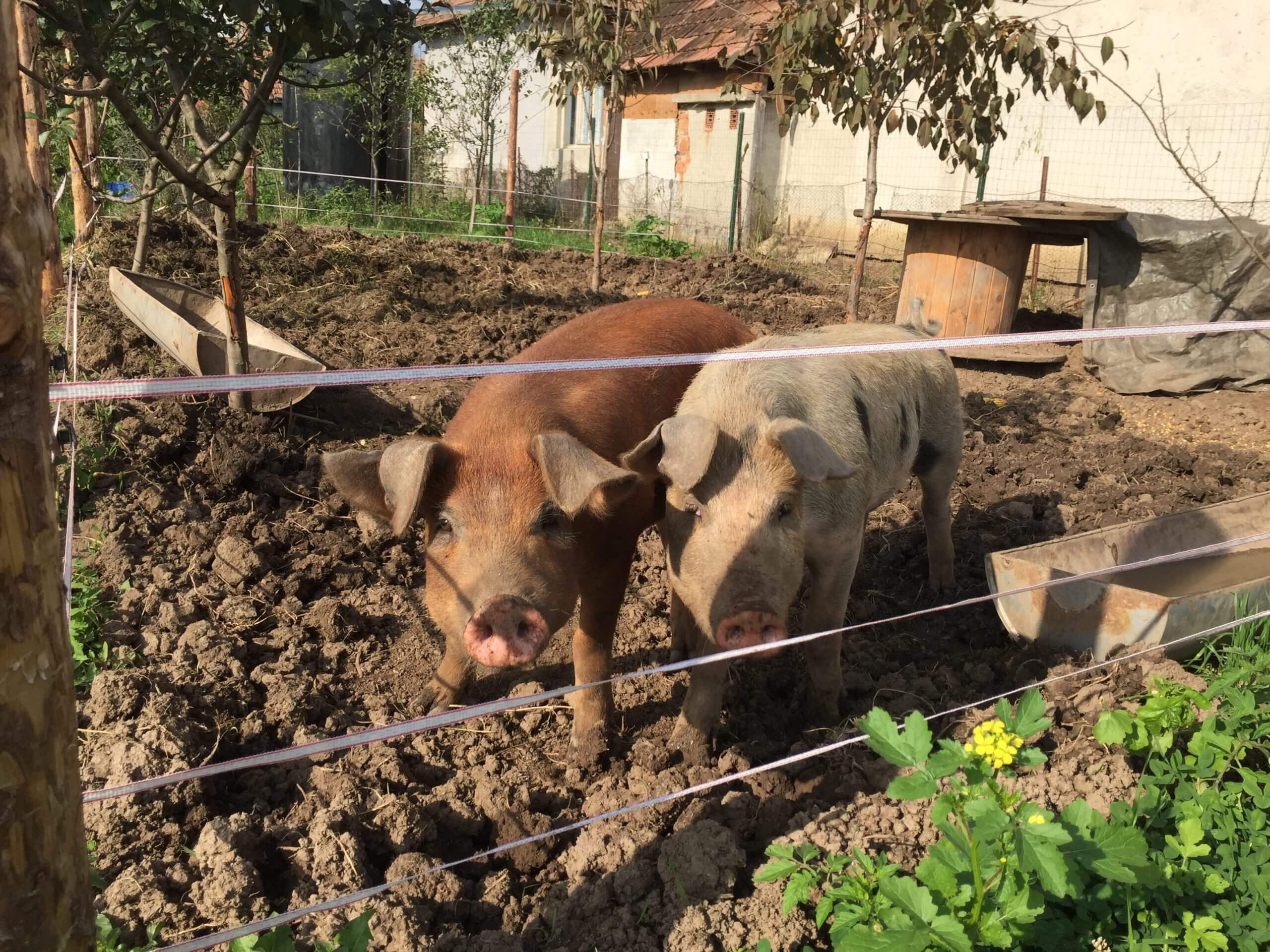Everyone understands what we mean by modern agriculture, and yet I will go into that shortly.
Modern Agriculture – really?
Today, when I’m discussing agriculture, participants tend to talk about the size of their fields (the bigger the better), their tractors (as much horsepower as possible), and the use of pesticides, herbicides, and other so-called necessary treatments. Rarely or never does the discussion lead to the facts that need urgent discussion.
Some facts
Modern agriculture is responsible for the following facts in Romania:
- Due to erosion we lose between 2 – 2000 tons of fertile soil per hectare every year
- The soil compaction leads to constantly greater flooding
- The use of artificial fertilizer has to be increased every year
- Many weeds become more resistant and no longer respond to herbicides
- The damage caused by drought is constantly increasing
- Factory livestock farming continues to be promoted and leads to waste problems and contaminated groundwater
- The groundwater levels are sinking to dangerously low levels in many areas.
Still to buy more chemicals?
However, by far the biggest tragedy is that most Romanian farmers seem to simply accept these above-mentioned facts. And the few who simply do not believe that there is no other way seek advice from the thousands of agricultural industry advisors. What do they recommend? Very easily! Still more to buy …..!

Conversion is easy
Reducing costs per hectare and still achieving higher yields is the dream of every serious farmer, is nt it? And that is exactly what is possible with regenerative agriculture. The conversion is not complicated and takes less than decades. All you have to do is change your mind. The farmer must first understand that his soil contains billions of microorganisms, worms and fungi. And they have to feel good. This means that they want to eat, breathe, multiply and be left alone. These microorganisms feed our plants and ensure a high content of nutrient-rich minerals.

Regenerative Agriculture works fast
In just a few months, a nearly lifeless, barren field can produce a highly productive agricultural soil. With the right measures, at the right time, the worst problems on the field, namely erosion, compaction and salinisation can be remedied in just a few months. When biodiversity and life have returned to the soil, incredible harvests can be achieved. And that’s exactly what we all want, isn’t it?
Nature always wins
Ultimately, the only goal of regenerative agriculture is to respect, nurture and promote the cycles of nature. Nature always wins – it’s only a matter of time. Those who work to build a healthy mix of plants and animals in their fields, who are constantly developing this biodiversity, have no problems with pests. For every pest on our crops that we know today, there are ten beneficial species in nature that would feed on this pest. So you just have to make sure that the beneficials feel comfortable with us.


